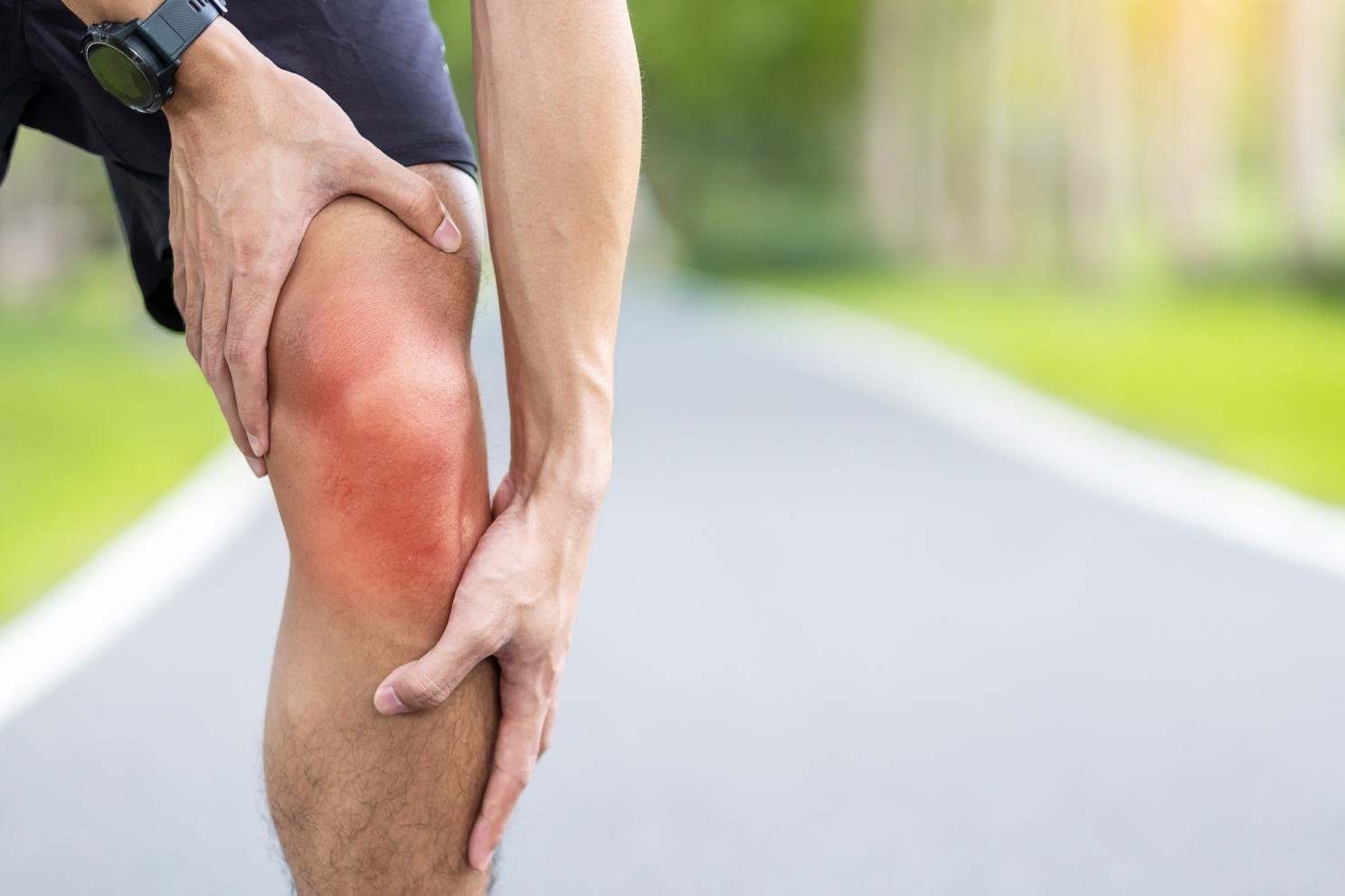
Oxygen ozone therapy, a new frontier in the treatment of knee arthrosis
Arthrosis is a disease mainly due to wear and ageing of the joints; it is defined by the World Health Organization as a “chronic, degenerative, idiopathic disorder characterised by the progressive loss of articular cartilage” and is one of the main causes of disability, which is why it is also one of the major problems for public health in Western countries
Oxygen-Ozone Therapy (OOT) is one of the new frontiers for the treatment of this pathology and in general in the treatment of musculoskeletal pain, chronic skin lesions and in numerous pathological conditions in which chronic systemic oxidative stress is involved.
TREATMENT OF BURNS IN RESCUE OPERATIONS: VISIT THE SKINNEUTRALL BOOTH AT EMERGENCY EXPO
Knee arthrosis: when and in whom does it occur?
Age is the risk factor most associated with the development of osteoarthritis, which, as a wear-and-tear disease, has a higher incidence in older people, particularly after the age of 50.
Obesity, which increases ‘mechanical’ stress and the load on the joint, is also a very important risk factor. Finally, genetics and family history: it has been shown that first-degree relatives suffering from arthrosis are more likely to develop the disease themselves.
Symptoms of knee arthrosis
The main symptom of knee arthrosis is, of course, pain in the joint: a progressive discomfort that is exacerbated by movement.
It can last from a few days to several weeks and is often associated with joint stiffness, especially in the morning, and in some cases with episodes of ‘giving way’ and instability of the knee.
Knee arthrosis, treatment with oxygen ozone therapy: preparation and treatment
To ensure the success of the therapy and to stop having pain, it is first of all important to reduce the risk factors mentioned above as much as possible; it is therefore advisable to lose weight, if necessary, to carry out regular physical activity with a low ‘load’ and ‘impact’ on the knee to improve flexibility and maintain muscle tone and, in general, to stop smoking and drinking alcohol.
After a careful investigation and after having framed the diagnosis, medical ozone, a mixture of oxygen and ozone prepared and dosed with a special apparatus, is injected: the treatment of knee arthrosis takes place through intarticular infiltrations, generally once a week.
The frequency and duration of treatment can vary depending on the patient’s state of health and response to therapy.
There are several ‘customisable’ protocols.
It is a treatment that reduces inflammation and pain and ‘has very few contraindications, unlike other pharmacological therapies that may be discouraged or completely contraindicated in some patients (such as anti-inflammatory drugs or cortisone).
As with all infiltrative procedures, a rest period of 12 to 24 hours is recommended immediately after administration, but it is not necessary to remain at rest for prolonged periods.
The risk of recurrence
OOT is an excellent therapy for symptoms, particularly pain, but studies in the literature tell us that it is not sufficient to stop the progression of the pathology and therefore the symptoms will tend to reappear.
It is therefore an effective method for delaying the use of other therapies that may have side effects, or surgery, in patients who do not want or cannot undergo surgery.
Read Also:
Ozone Therapy: What It Is, How It Works And For Which Diseases It Is Indicated
Oxygen Ozone Therapy In The Treatment Of Fibromyalgia
Hyperbaric Oxygen In The Wound Healing Process


